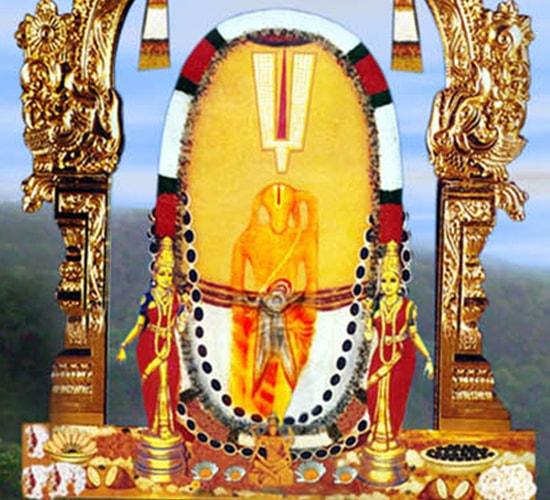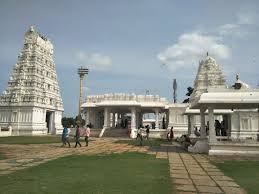Bardo Chham is a folk dance from which Indian state?
Bardo Chham is a folk dance of Sherdukpens, a small community which are residents of Arunachal Pradesh
Consider the following instruments: Kuzhal Nadaswaram Sundari Shehnai Which of the above are classified as double reed instruments?
All given instruments are double reed instruments
Identify the traditional system of medicine with the help of given information: The system of medicine has its origin in India Rishi Agasthya is considered as the father of this system The system of medicine recognizes predominance of Vaadham, Pitham and Kabam in childhood, adulthood and old age respectively Select the correct answer from option given below:
correct answer is Siddha and all given features are of Siddha System of Medicine.
Consider the following: 1. Thumri 2. Tarana 3. Melakarta 4. Khyal 5. Ghazal Which of the above are styles of Hindustani classical music?
Melakarta is a collection of fundamental ragas (musical scales) in Carnatic music (South Indian classical music).
Identify the type of painting with the help of given information: The painting is traditional, cloth-based scroll painting The painting depict stories of Hindu deities, especially inspired by Vaishnava sect This painting has been conferred with GI status Select the correct answer from options given below:
All given features are off Pattachitra paintings
Consider the following comparisons of the Hindustani Classical Music and Carnatic Music: In contrast to Hindustani Classical music, Carnatic Music is relatively unaffected by Arabic and Iranian Influences In contrast to Hindustani Classical music, Carnatic music is more thoroughly oriented to the voice There is a wide difference between the basic principles of raga and tala in Carnatic and Hindustani Music Which among the above comparisons is / are correct?
Carnatic Music has evolved from ancient Hindu traditions. It was relatively unaffected by the Arabic and Iranian influences that have characterized the Hindustani music of northern India since the late twelfth and early thirteenth centuries as a result of the Islamic conquest of the north In contrast to northern styles, Carnatic music is more thoroughly oriented to the voice. Even when instruments are used alone, they are played somewhat in imitation of singing, generally within a vocal range, and with embellishments that are characteristic of vocal music. Fewer instruments are used in Carnatic than in northern Indian music, and there are no exclusively instrumental forms. The basic principles of raga (melody type, or framework for improvisation) and tala (cyclical rhythmic pattern) are the same in the south and north, but each musical tradition has its own repertoire of actual ragas and talas, and there are many stylistic differences as well. Carnatic music, with its more homogeneous Indian tradition, has evolved far more orderly and uniform systems for the classification of ragas and talas. The chief centres in India for present-day Carnatic music include Tamil Nadu, Karnataka, Andhra Pradesh, and Kerala.
Which of the following is/ are predominantly harvest festivals? Vaisakhi Losar Vishu Select the correct option from the codes given below:
Losar and Vishu are not harvest festivals
Consider the following places in India: 1. Sualkuchi 2. Burdwan 3. Varanasi 4. Trichy Which among the above is / are home to Handloom clusters?
All given places are famous handloom centers in India. Sualkuchi in Kamrup district of Assam is known for cottage handloom industries and is also known as “Manchester of Assam”. Burdwan is in West Bengal, Varanasi in Uttar Pradesh and Trichy in Tamil Nadu.
The Thangka Paintings: are mainly practised in South India specifically involves theme showing the ten avatars of Vishnu Which of the above statements is/are correct?
The Thangka Painting is a Buddhist art form and is mainly practised in Ladakh, Himachal Pradesh, Tibet and Sikkim. The theme for this painting revolves around the life of Buddha. Vegetable and mineral colors are used for Thankga paintings.
Consider the following statements about Ajanta caves: The earliest caves were excavated during the Satavahana dynasty Ajanta caves were the first archaeological site in India to be inscribed in UNESCO World Heritage list Which of the above statements is/are correct?
First statement is correct because the earliest caves were excavated during the Satavahana-period caves. Second statement is also correct because Agra Fort and the Ajanta Caves were India's first two sites to be inscribed in UNESCO World Heritage list in 1983.








